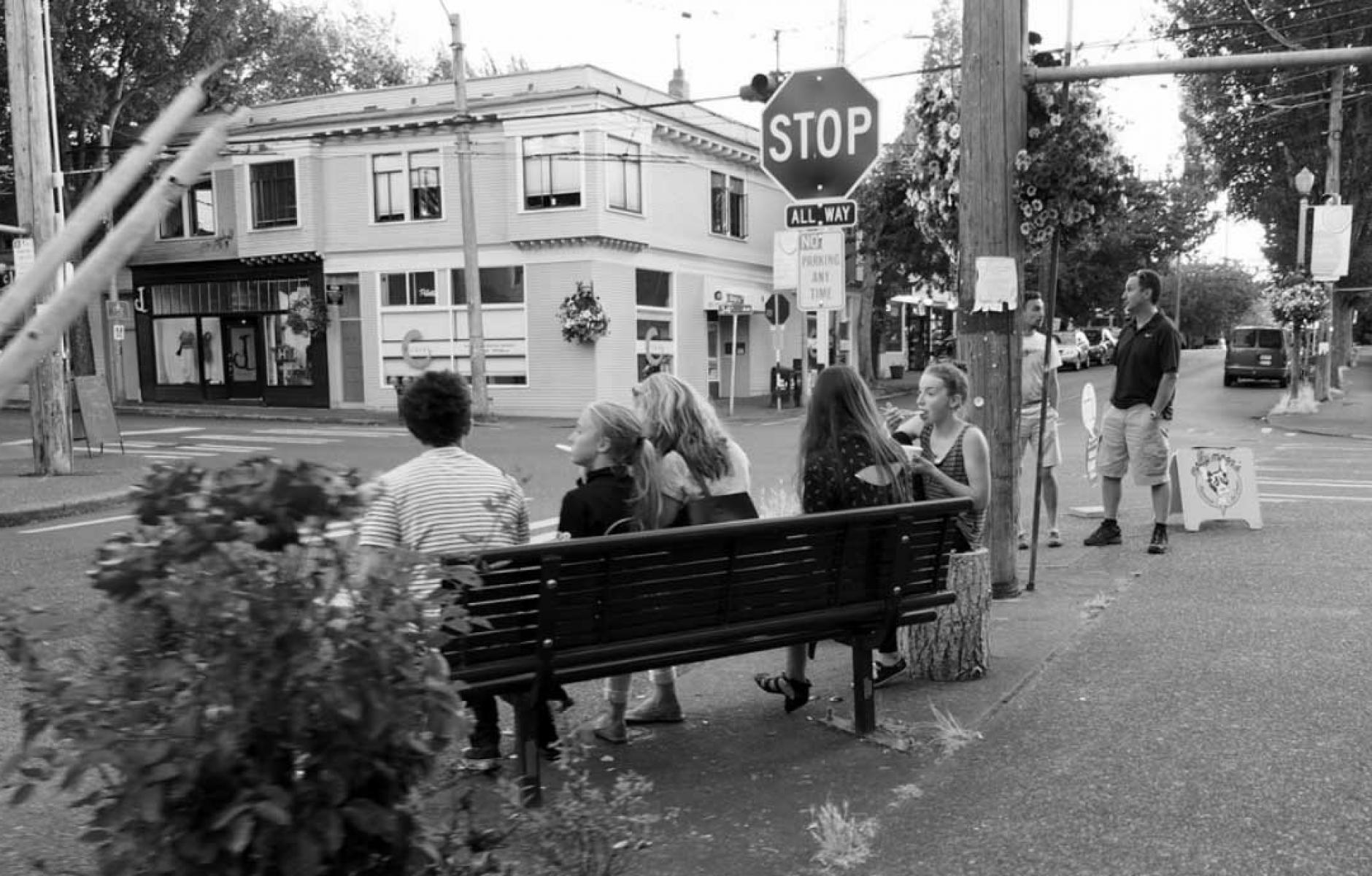
With an ‘urban diary,’ everyone’s a city planner
We may inhabit the same city, but we live in different worlds.
Each of us sees our city from a slightly different angle, the view filtered through lenses of race, class, and circumstance. Even when we encounter the same scene, we experience it differently. Consider this: for a young professional in a gentrifying neighborhood, a new gastropub looks like an inviting place to knock back a few pints. But to a long-term resident facing skyrocketing rents, that same pub looks like the beachhead of an invading army. Or, imagine the imposing view of an iconic cathedral’s stone steps—to someone in a wheelchair.
These all-important individual perceptions are valuable data points; together they form a trove of information that could be used to create better cities for all. But, that information does not often inform urban planning and policy. Instead, our cities are usually shaped by a rather homogenous group of designers and planners, who typically speak the bloodless language of blueprints and building codes.
Old, largely top-down habits can change. Fortunately, we all have within us the capacity to perceive what we like and dislike about our surroundings; to respond with delight, sadness, fear, or anger, and to discover how best to improve the world around us. When crafting urban policy, plans, and related urban design, we must do a better job of finding a role for these perceptions.
To that end, in my book, Seeing the Better City, I offer a tool—the “urban diary”—that can harness the power of perception to transform how our cities evolve. An urban diary is more than either abstract idealism or the “citizen participation” of old. It takes advantage of what many of us are already doing with our cameras and smartphones: recording what we see, and what we like or dislike, about the cities we inhabit. Indeed, many of us are regularly creating urban diaries, of a sort, on our Facebook and Instagram feeds.
We can take it a step further, by intentionally observing and documenting our experience with photographs, sketches, or notes—and utilizing what I call the LENS method (Look, Explore, Narrate, and Summarise.)
It’s easy to start. For example, visit your five favorite neighborhoods and record the sights and sounds you encounter. Or write a couple of paragraphs about your morning commute.
The information collected in an urban diary can be used in multiple ways—as a scalable tool to become more mindful of our surroundings, for example, and hence better advocates for thoughtful urban planning. Or it can be used to enhance traditional land-use or design-review processes, which now typically rely on conventional oral comment or written input from affected neighbors.
The urban diary can provide an inclusive alternative to abstract, top-down prescriptions by engaging a diverse range of city residents in civic dialogue. It can be used, in the words of planner Yuri Artibise, “to reintroduce the human experience into urban planning.”
The trick, of course, is to implement the all-too-frequent lip service to equity and inclusion, and apply the information from our urban diaries to the real world of decision makers and developers. Some pioneering cities are using similar approaches to do just that. In my hometown, Seattle, the Yesler Terrace Youth Media Project used the Photovoice platform to catalogue students’ concerns about a then-pending large-scale redevelopment of their public-housing community. Otherwise-overlooked voices provided Seattle Housing Authority project managers and city officials with invaluable image-laden insights about younger residents’ perceptions about change.
In Adelaide, Australia, personal storytelling through photography became a critical element of planning the city’s future. Stage 1 of “Picture Adelaide 2040” centered on gathering 1,000 stories and photos from citizens on how they use their favorite places. The project’s summary report explains how these perceptions were integrated into planning goals and objectives.
And in Austin, Texas, “Community Character in a Box” was a city-initiated do-it-yourself toolkit that suggested ways for community members to capture images of the assets, constraints and opportunities for improvement in their neighborhoods. Significantly, the process not only taught citizens how to document their perceptions through photography but also allowed project professionals a greater understanding of neighborhood qualities and character.
Other photo- and observation-based examples show the importance of preserving culturally important everyday activities, such as fishing from urban piers or congregating in streets for regular social events. And some architects and developers—who increasingly understand the critical roles for our innate visual sense and storytelling tradition—have incorporated community input into interactive design processes that foster a sense of community empowerment in site-development efforts.
The urban diary and similar approaches can set aside the buzzwords, identity politics, and academic jargon that saturates our discussions of cities, providing a universal language for all. By capturing the perceptions of city dwellers, decision makers will be better equipped to plan cities and respond to urban change.
Everyone—regardless of background, disposition, or profession—can use their senses to explore and observe urban space. We can record what is inspirational and evocative, what seems to work in fostering an equitable, livable, inclusive city, and what does not. In this way, we can envision the better city from every angle.




